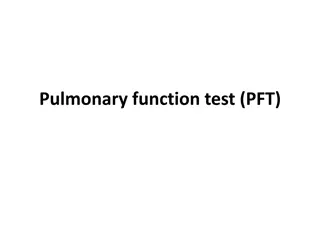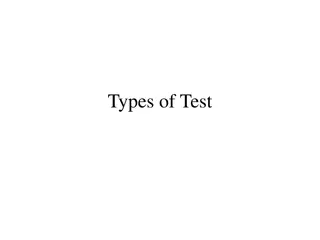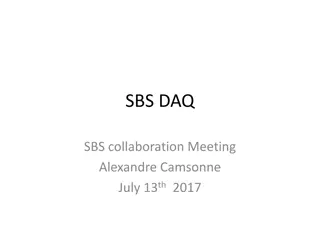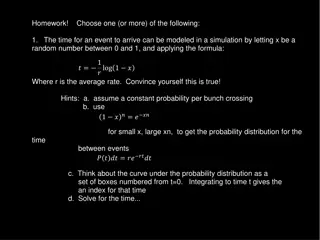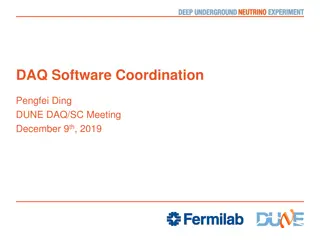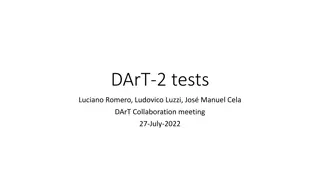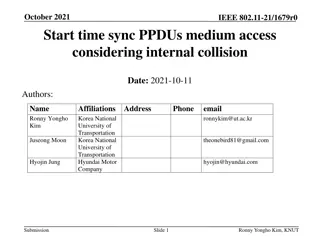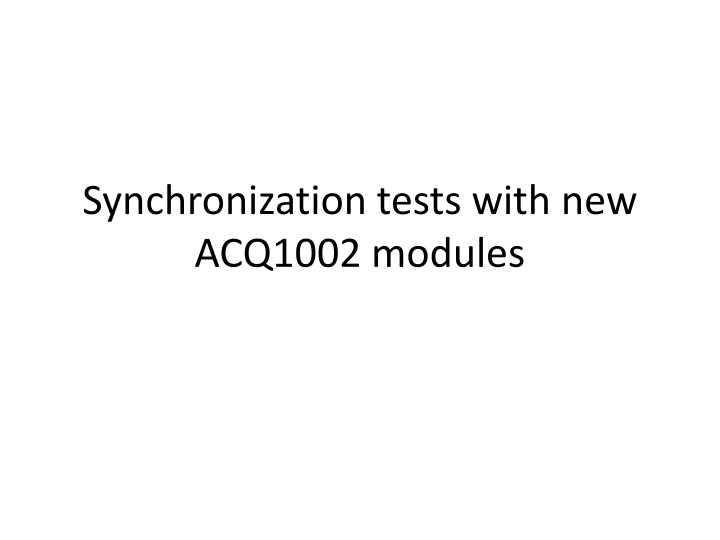
Precision Synchronization Tests and Results Analysis
Explore detailed analysis results of synchronization tests with new ACQ1002 modules, including signal generation, drift observations, and FPGA upgrades.
Download Presentation

Please find below an Image/Link to download the presentation.
The content on the website is provided AS IS for your information and personal use only. It may not be sold, licensed, or shared on other websites without obtaining consent from the author. If you encounter any issues during the download, it is possible that the publisher has removed the file from their server.
You are allowed to download the files provided on this website for personal or commercial use, subject to the condition that they are used lawfully. All files are the property of their respective owners.
The content on the website is provided AS IS for your information and personal use only. It may not be sold, licensed, or shared on other websites without obtaining consent from the author.
E N D
Presentation Transcript
Synchronization tests with new ACQ1002 modules
test signal and the algorithm Our high precision pulse generator simultaneously generates 60 Hz trigger signal (for the ADC trigger input) and synchronized to it RC shaped square pulse with the following parameters: Leading/Trailing edge = 100 s WIDTH (incl. Le. edge) = 320 s For every pulse: Intercept at y=0 defined as T1 1.) We fit middle part (3 bins) of the Leading edge by a straight line and calculate the y=0 intercept 2.) We calculate T = T1 T0 for every pulse Header serving as T0 We looked first at 1000 pulses and then at total of 6000 pulses Units on X (time) axis throughout the talk are in 1/64kHz 15.6 sec
Individual T vs. pulse number (SYNC) As can be seen in sync case T distribution drifts systematically in one direction. After roughly a cycle of 500 triggers it resets back and does the same thing all over again. Our initial guess was that the drift per pulse was only 1 time tick, i.e. 1/32MHz. However upon further inspection we noticed that it is not quite true. The shift can be up to 2-3 ticks in both directions (up or down) as demonstrated on the next slide
Looking at more data: 6000 pulses Last night we actually looked at more data and noticed that fluctuation of the drift from pulse to pulse gets larger.
T between two consecutive pulses (SYNC) The distribution of the T difference between two consecutive pulses show the overall drift distribution from pulse to pulse. An negative side (down tick direction) it peaks at roughly -1.0 * 1/32MHz. At positive side (up tick direction) it peaks at roughly about + 2.0 * 1/32 MHz


